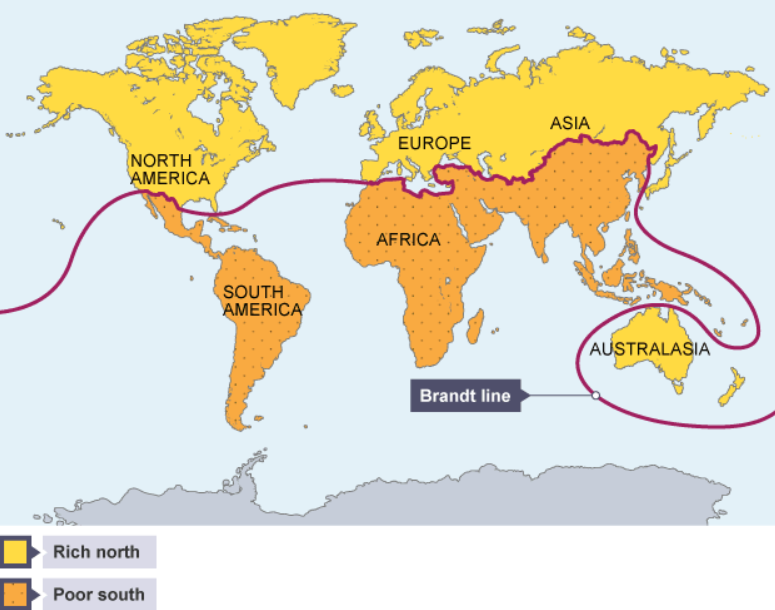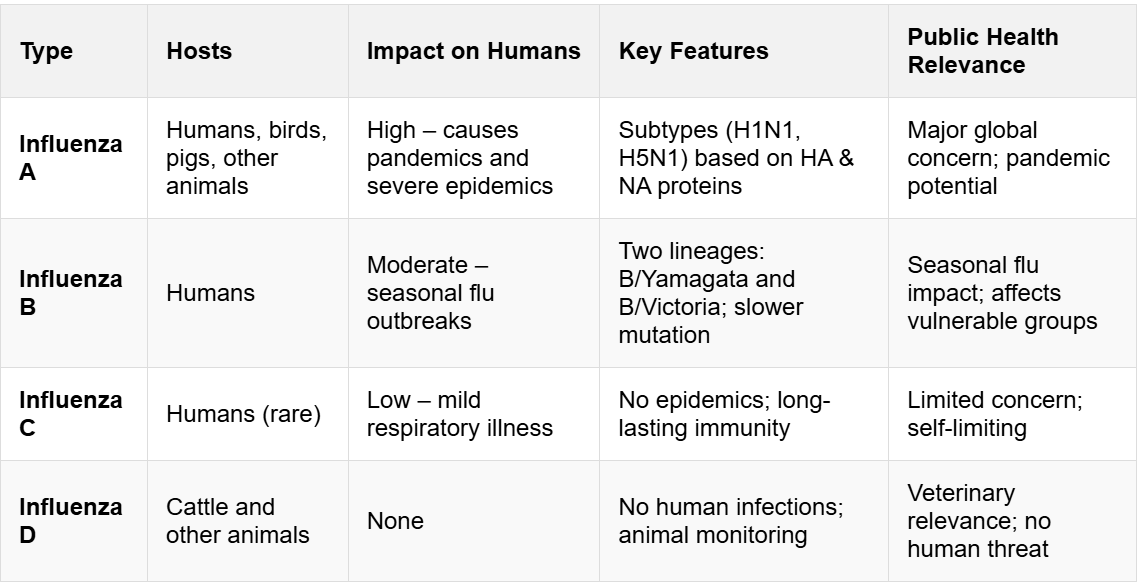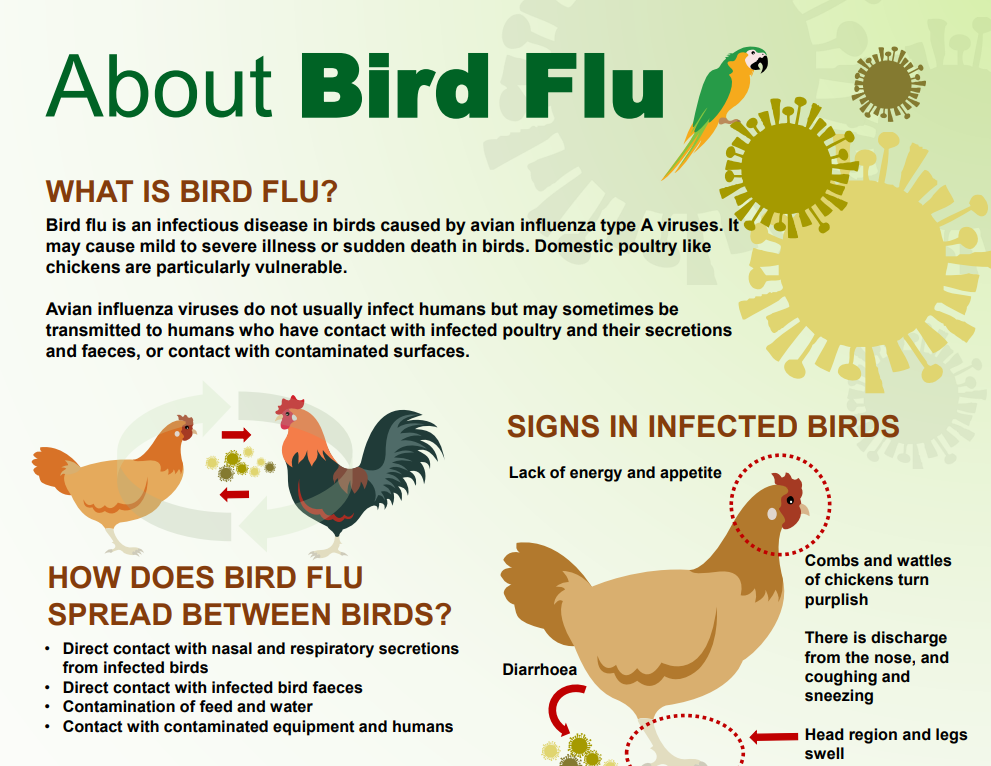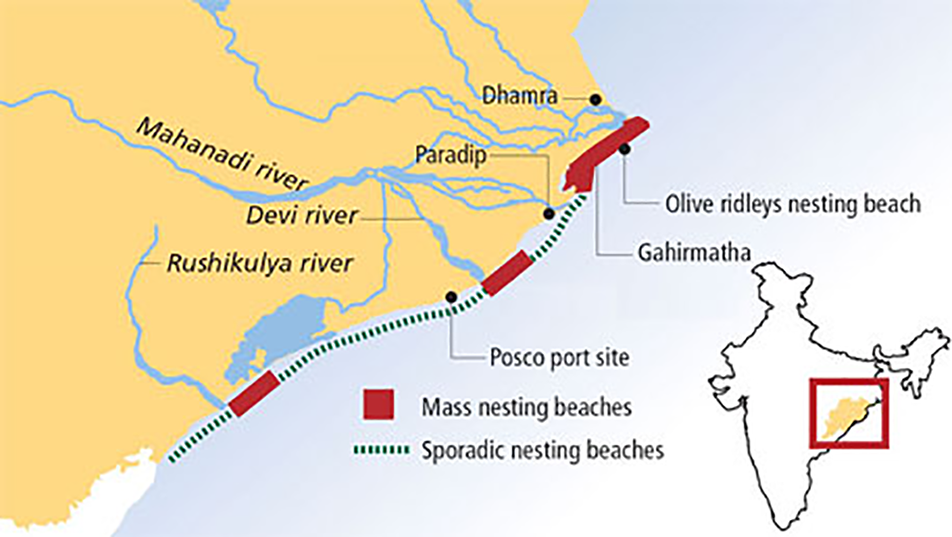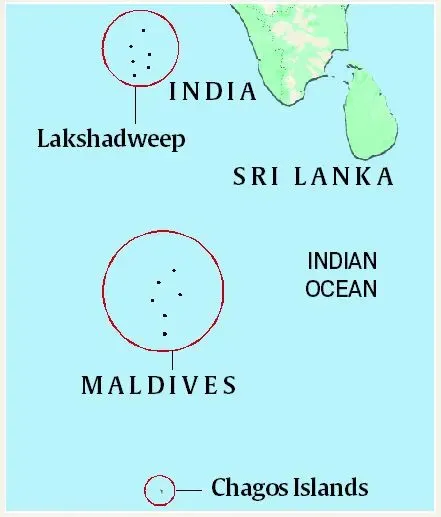International Relations
Global South as a Peacemaker
For Prelims: Russia-Ukraine Conflict, Role of Global South, Brandt Line, NATO, United Nations, Peacekeeping mission, Global North, African Union, BRICS, Security Council,
For Mains: Significance of Global South in Peacekeeping, Emergence of India as a Global Player.
Why in News?
Recent diplomatic breakthroughs, including Riyadh-brokered truces, highlight the growing role of the Global South as a credible peacemaker, with a UN-backed mission offering a neutral alternative to Western-led initiatives in Ukraine.
What is Global South?
- American academic Carl Oglesby coined the term “Global South” in 1969 to denote a set of countries beset by the “dominance” of the Global North through political and economic exploitation.
- The phrase “Global South” refers broadly to the regions of Latin America, Asia, Africa, and Oceania separated by the Brandt line.
- It denotes regions outside Europe and North America, mostly low-income and often politically or culturally marginalised.
- China and India are the leading proponents of the Global South.
- The Brandt line is a visual representation of the world's economic divide between the rich north and the poor south, based on GDP per capita.
- It was proposed by Willy Brandt in the 1970s and encircles the globe at a latitude of roughly 30° North.
What Role Can the Global South Play as a Peacemaker?
- Neutral Mediator: The Global South, with its tradition of non-alignment, is often viewed as a credible and impartial interlocutor.
- Example: India’s balanced diplomatic stance in the Russia-Ukraine conflict has enabled it to engage with both sides.
- Peacekeeping Contributor: Countries from the Global South are among the largest contributors to United Nations peacekeeping missions, lending stability in post-conflict zones.
- Example: India’s presence in the Congo and the African Union’s peace operations in Somalia.
- Diplomatic Convenor: Global South platforms serve as alternative forums for dialogue and de-escalation, independent of Western-dominated institutions.
- Example: BRICS nations calling for ceasefire and negotiations in the Ukraine war.
- Moral Voice for Justice: Shared colonial legacies give Global South countries the normative legitimacy to advocate for sovereignty, equity, and non-intervention. ( African countries stress sovereign equality in global governance).
- Inclusive Peacebuilding: By promoting gender-balanced peace initiatives, the Global South contributes to more inclusive and sustainable peace processes.
- Example: India’s deployment of an all-women UN police unit in Liberia.
What are the Key Areas of Contention for the Global South as a Peacekeeper?
- Fragile Ceasefire Dynamics: A Global South-led mission requires a pre-existing and enforceable ceasefire, without which peacekeeping efforts may risk becoming entangled in active conflict zones.
- Ambiguity Over Territorial Boundaries: Lack of consensus on contested borders, particularly in conflicts like Russia-Ukraine, complicates operational deployment and increases the risk of renewed hostilities.
- Dependence on UN Security Council Mandate: Despite their moral standing, Global South countries need a UN mandate to secure legal authority and global legitimacy—challenging in a polarized Security Council.
- While advocating neutrality, these missions still require Western logistical, financial, and technological assistance, potentially complicating claims of independence.
- Capacity and Coordination Constraints: Though rich in peacekeeping experience, many Global South countries face challenges in coordination, training, funding, and rapid deployment capacity.
Read more: United Nations Peacekeeping Paradox
Conclusion
The Ukraine conflict presents a pivotal moment for the Global South to assert its diplomatic maturity. Leading a UN-backed peacekeeping mission would enhance its credibility and global influence. For India, it offers a chance to translate neutrality into leadership. Seizing this moment could redefine global power dynamics for decades to come.
|
Drishti Mains Question: Assess the potential of a Global South-led mission to recalibrate power dynamics and norms in international diplomacy. |
UPSC Civil Services Examination, Previous Year Questions (PYQs)
Prelims:
Q. Consider the following countries: (2023)
- Bulgaria
- Czech Republic
- Hungary
- Latvia
- Lithuania
- Romania
How many of the above-mentioned countries share a land border with Ukraine?
(a) Only two
(b) Only three
(c) Only four
(d) Only five
Mains:
Q. “If the last few decades were of Asia’s growth story, the next few are expected to be of Africa’s.” In the light of this statement, examine India’s influence in Africa in recent years. (2021)

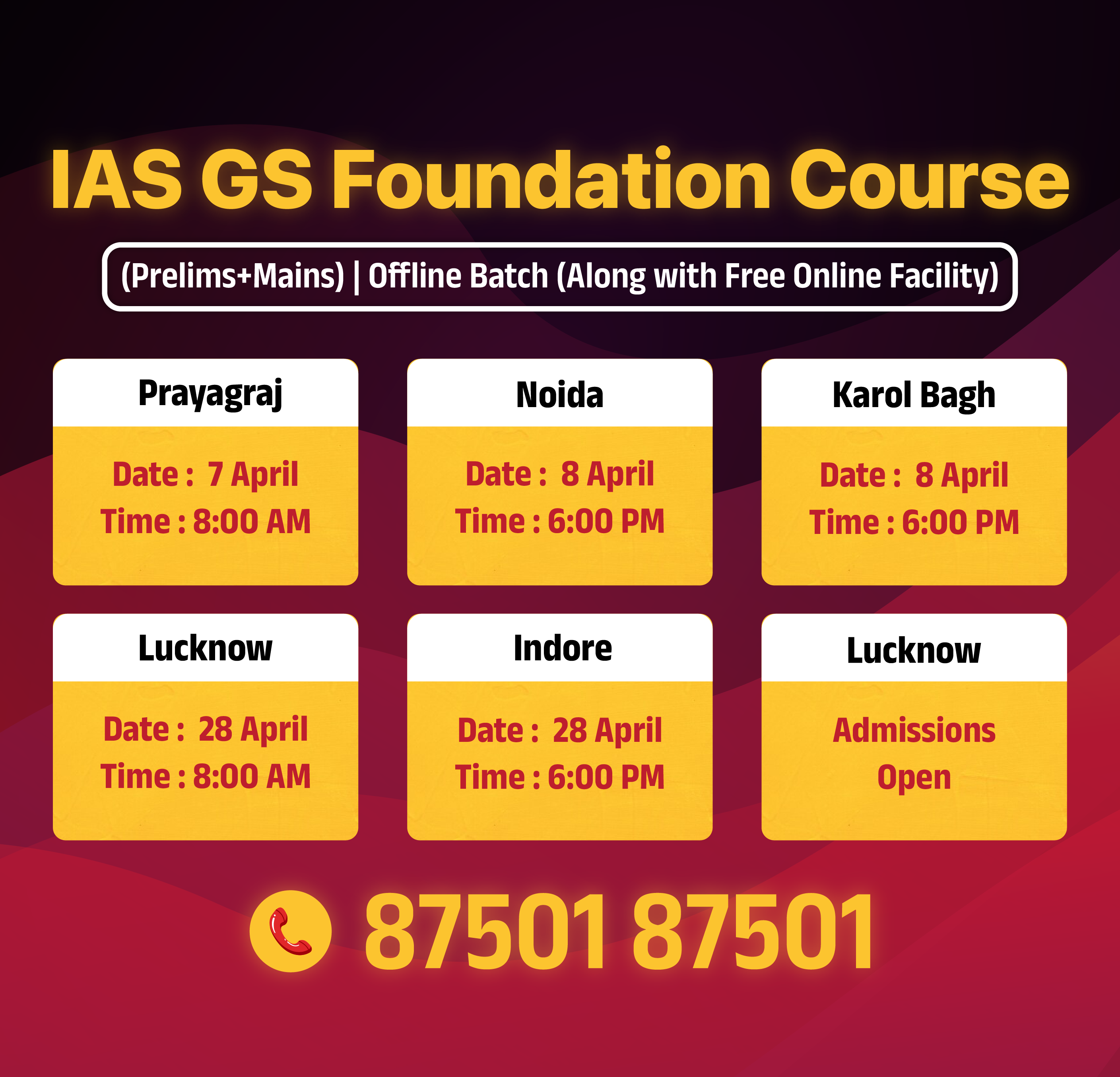
Governance
Coastal Shipping Bill & Protection of Interest in Aircraft Objects Bill
For Prelims: Major ports, Gati Shakti Initiative, Maritime India Vision 2030, Shipping industry, Sagarmala programme, International Maritime Organization, Foreign direct investment, Ship repair and maintenance, Make in India, National Infrastructure Pipeline, Inland Waterways Authority of India.
For Mains: Recent Developments in India's Maritime Sector, Current Status of the Shipping & Shipbuilding Sector in India, Key Issues Hindering the Growth of the Shipbuilding Sector in India.
Why in News?
The Lok Sabha has passed two key legislations- the Coastal Shipping Bill, 2024 and the Protection of Interest in Aircraft Objects Bill, 2025 aimed at strengthening the coastal shipping and aviation sector.
What is the Coastal Shipping Bill, 2024?
- About:
- It aims to promote cost-effective and sustainable coastal trade, by increasing coastal shipping’s freight share from the current 5% (vs 40% in the EU) by reducing over-reliance on roadways (66%) and railways (31%), thereby lowering logistics costs, traffic congestion, and pollution.
- As per MoEFCC (2021), transport contributes 10–11% of India’s GHG emissions, with roads accounting for 90%, rail 3%, and waterways less than 1%.
- Waterways are more energy efficient than road and rail, making coastal shipping the most eco-friendly transport mode.
- It supports integration with inland waterways and aligns with the National Logistics Policy and Atma Nirbhar Bharat vision.
- As per MoEFCC (2021), transport contributes 10–11% of India’s GHG emissions, with roads accounting for 90%, rail 3%, and waterways less than 1%.
- It aims to promote cost-effective and sustainable coastal trade, by increasing coastal shipping’s freight share from the current 5% (vs 40% in the EU) by reducing over-reliance on roadways (66%) and railways (31%), thereby lowering logistics costs, traffic congestion, and pollution.
- Key Provisions:
- Dedicated Legal Framework: The Bill replaces outdated vessel-centric provisions under the Merchant Shipping Act, 1958 with a forward-looking, standalone legislation tailored to Indian conditions.
- It establishes a clear, modern legal structure aligned with global cabotage norms and India’s Maritime Amrit Kaal Vision 2047 to unlock the economic potential of the 7,500 km long coastline.
- Cabotage refers to transport of goods/passengers between two ports within the same country.
- It establishes a clear, modern legal structure aligned with global cabotage norms and India’s Maritime Amrit Kaal Vision 2047 to unlock the economic potential of the 7,500 km long coastline.
- Simplified Licensing Mechanism: It removes the requirement of a general trading license for Indian ships and introduces a structured licensing process for foreign vessels.
- The Director General of Shipping is empowered to regulate, monitor, and enforce compliance, ensuring ease of doing business while safeguarding national interests.
- Strategic Maritime Vision and Multimodal Integration: The Bill mandates the formulation of a National Coastal and Inland Shipping Strategic Plan, to be revised biennially by a committee comprising representatives from States, ports, and maritime boards.
- It fosters region-specific growth, integrates coastal shipping with inland waterways, and promotes efficient, low-emission multimodal transport.
- Data-Driven Governance and Transparency: A National Database for Coastal Shipping is proposed to facilitate evidence-based policy, operational coordination, and enhanced transparency.
- The Bill also expands eligibility for chartering vessels to NRIs, OCIs, and LLPs to boost private sector involvement.
- Cooperative Federalism & Inclusive Governance: The Bill ensures active participation of States and UTs through a multi-stakeholder committee (Clause 8(3)) to guide route planning, infrastructure, and policy, promoting decentralised, inclusive, and locally responsive maritime development.
- Dedicated Legal Framework: The Bill replaces outdated vessel-centric provisions under the Merchant Shipping Act, 1958 with a forward-looking, standalone legislation tailored to Indian conditions.
What is the State of India’s Maritime Sector?
- Strategic and Trade Backbone: India ranks as the 16th largest maritime nation, handling 95% of trade by volume and 70% by value, with 12 major and 200+ minor ports positioned along key global shipping routes.
- Expanding Capacity and Fleet: The cargo-handling capacity of major ports grew by 87% (2014–24), reaching 1,629.86 million tonnes, with 819.22 MT handled in FY24; India operates a fleet of 1,530 registered ships.
- India ranks 38 out of 139 countries on World Bank's Logistics Performance Index Report 2023, indicating improved logistics and trade efficiency.
- Singapore and Finland are the most efficient and highest-ranked LPI countries as per the 2023 LPI, from which India can learn.
- India ranks 38 out of 139 countries on World Bank's Logistics Performance Index Report 2023, indicating improved logistics and trade efficiency.
- Global Ship Recycling Hub: India is the 3rd largest ship recycler globally, holding 30% of the global share, with Alang being the world’s largest ship-breaking yard.
- India currently lags in shipbuilding despite its long coastline, but recent initiatives like the New Shipbuilding and Repair Policy aim to strengthen domestic capabilities and position India as a global maritime manufacturing hub.
- Policy Support and Export Growth: Measures like 100% FDI under the automatic route, 10-year tax holidays, and infrastructure modernization have driven port development and boosted exports to USD 451 billion in FY23.
More About India’s Maritime Sector?Click Here to Read: Challenges in India’s Maritime Sector Click here to Read: Measures can India Take to Strengthen its Maritime Infrastructure |
What is Protection of Interest in Aircraft Objects Bill, 2025?
- Objective:
- It aims to strengthen legal protection for aircraft financiers and lessors in India by aligning Indian laws with the international conventions.
- Key Provisions:
- Supremacy to International Obligations: The Bill gives an overriding effect to the Cape Town Convention and Aircraft Protocol, superseding domestic laws (like the Insolvency and Bankruptcy Code (IBC)) in case of conflict.
- It enables international arbitration mechanisms for resolving disputes, in alignment with the Cape Town Convention.
- India signed the Cape Town Convention and its Aircraft Protocol in 2008, but in the absence of parliamentary ratification and enabling legislation, its provisions were not enforceable in Indian courts.
- This resulted in high-risk premiums for leasing aircraft to Indian airlines, legal uncertainties during insolvency cases like the Go First crisis, and a poor compliance score with the Aviation Working Group (AWG).
- It enables international arbitration mechanisms for resolving disputes, in alignment with the Cape Town Convention.
- Scope and Coverage: The Act applies to aircraft airframes, engines, helicopters, and other high-value aviation equipment as defined under the Aircraft Protocol.
- Streamlined Repossession Procedures: The Bill enables aircraft lessors to repossess leased aircraft and equipment in case of default without court intervention, ensuring faster resolution and asset recovery.
- Improved Compliance Score: The Bill enhances India’s compliance with the Cape Town Convention Index (AWG), making Indian airlines eligible for 8-10% lease cost discounts under the Convention.
- Supremacy to International Obligations: The Bill gives an overriding effect to the Cape Town Convention and Aircraft Protocol, superseding domestic laws (like the Insolvency and Bankruptcy Code (IBC)) in case of conflict.
What is the State of the Aviation Sector in India?
- India is the 3rd largest domestic aviation market globally, handling 69% of South Asia’s air traffic, with passenger numbers reaching around 196.91 million.
- The aviation sector contributes 1.5% to GDP, supports 7.7 million jobs (direct and indirect), and generates USD 53.6 billion in economic output.
- Operational airports increased from 74 (2014) to 157 (2024), with a target of 350- 400 by 2047.
- Aircraft movement rose at a CAGR of 3.85% (FY17–FY24), and multiple greenfield airports and terminals are under development (e.g., Bagdogra Civil Enclave, Dehradun terminal).
More About Aviation SectorClick Here to Read: Boom in India’s Aviation Sector |
What are Recent Government Initiatives in India’s Maritime and Aviation Sector?
- Maritime Sector:
- One Nation-One Port Process (ONOP)
- Sagar Ankalan – Logistics Port Performance Index (LPPI) 2023-24
- Bharat Global Ports Consortium
- MAITRI Platform (Master Application for International Trade and Regulatory Interface)
- National Centre of Excellence in Green Port & Shipping (NCoEGPS)
- Maritime India Vision 2030
- Green Tug Transition Program (GTTP)
- Aviation Sector:
|
Drishti Mains Question: How does the development of coastal infrastructure contribute to India's Blue Economy vision? Explain with examples. |
UPSC Civil Services Examination, Previous Year’s Question (PYQs)
Prelims
Q. Consider the following in respect of Indian Ocean Naval Symposium (IONS): (2017)
- Inaugural IONS was held in India in 2015 under the chairmanship of the Indian Navy.
- IONS is a voluntary initiative that seeks to increase maritime co-operation among navies of the littoral states of the Indian Ocean Region.
Which of the above statements is/are correct?
(a) 1 only
(b) 2 only
(c) Both 1 and 2
(d) Neither 1 nor 2
Ans: (b)
Q. With reference to ‘Indian Ocean Rim Association for Regional Cooperation (IOR-ARC)’, consider the following statements: (2015)
- It was established very recently in response to incidents of piracy and accidents of oil spills.
- It is an alliance meant for maritime security only.
Which of the statements given above is/ are correct?
(a) 1 only
(b) 2 only
(c) Both 1 and 2
(d) Neither 1 nor 2
Ans: (d)
Q. Southeast Asia has captivated the attention of the global community over space and time as a geostrategically significant region. Which among the following is the most convincing explanation for this global perspective? (2011)
(a) It was the hot theatre during the Second World War
(b) Its location between the Asian powers of China and India
(c) It was the arena of superpower confrontation during the Cold War period
(d) Its location between the Pacific and Indian oceans and its preeminent maritime character
Ans: (d)


Important Facts For Prelims
Bird Flu
Why in News?
A casualty was observed in Andhra Pradesh from bird flu virus marking India’s second recorded human fatality from H5N1 since 2021.
What is Bird Flu?
- About: Bird flu, or avian influenza, is a highly contagious viral disease that affects both wild and domestic birds.
- It is caused by avian influenza A viruses, with subtypes such as H5N1 and H5N8 being particularly significant.
- History of Human Cases: First human cases were reported in 1997 (Hong Kong). Most have occurred in Asia and were linked to close contact with infected birds.
- Between 2003 and February 2025, the World Health Organization (WHO) has recorded 972 cases of confirmed H5N1 influenza.
- Transmission: H5N1 spreads primarily through direct contact with infected live or dead birds or contaminated environments (e.g., live bird markets).
- Rarely, transmission from infected mammals to humans has been observed. Though human infections are rare, H5N1 has a high fatality rate (~60%), much higher than the peak fatality of Covid-19 (~3%). Also, airborne transmission has not been confirmed in humans.
- Human-to-human transmission remains extremely rare. The virus continues to evolve, and if it mutates to allow sustained human-to-human transmission, it could trigger a global pandemic.
- Hence, H5N1 is listed as a priority disease under WHO R&D Blueprint.
- Symptoms: Common symptoms include high fever, cough, sore throat, and muscle aches.
- Severe cases can lead to respiratory failure or neurological complications. Some individuals may remain asymptomatic despite exposure.
- Treatment: Antiviral drugs like oseltamivir are effective, especially when administered early in high-risk or severe cases.
- Vaccination: Current seasonal flu vaccines do not protect against H5N1.
- Some countries have developed H5N1-specific vaccines for emergency use.
- Strains of Avian Influenza Viruses:
What are Influenza Virus Types?
UPSC Civil Services Examination, Previous Year Question (PYQ)
Prelims
Q. H1N1 virus is sometimes mentioned in the news with reference to which one of the following diseases? (2015)
(a) AIDS
(b) Bird flu
(c) Dengue
(d) Swine flu
Ans: (d)
Q. Which of the following statements is/are correct? Viruses can infect (2016)
- bacteria
- fungi
- plants
Select the correct answer using the code given below:
(a) 1 and 2 only
(b) 3 only
(c) 1 and 3 only
(d) 1, 2 and 3
Ans: (d)


Important Facts For Prelims
HALEU Fuel Cycle as an Alternative to FBRs
Why in News?
India’s 3-stage nuclear power programme is facing delays in deploying Fast Breeder Reactors (FBRs). Amid these challenges, the former Bhabha Atomic Research Centre (BARC) chief has suggested using HALEU and thorium as fuel to effectively utilize existing PHWRs.
How Can Thorium-HALEU Fuel Be Integrated into India’s Nuclear Programme?
- Using PHWRs with HALEU: India can enhance its nuclear energy programme by using a mix of High Assay Low Enriched Uranium (HALEU) and thorium in existing 700 MWe Pressurised Heavy Water Reactors (PHWRs).
- HALEU is uranium enriched between 5% and 20% U-235. This approach enables India to start utilizing thorium sooner, making its nuclear power generation more sustainable.
- Recycling Spent Fuel: The spent fuel from PHWRs using HALEU-thorium can be reprocessed to extract valuable fissile material (substance whose nucleus can undergo fission when struck by a neutron).
- This reprocessed material can then be utilized in advanced reactors such as Molten Salt Reactors (MSRs), which form part of India’s 3rd stage of its nuclear programme.
- It ensures optimal use of nuclear fuel, contributing to the long-term sustainability of India’s nuclear energy sector by minimizing waste and maximizing fuel efficiency.
What is India's 3-Stage Nuclear Power Programme?
- About: India’s 3-Stage Nuclear Power Programme, formulated by Dr. Homi Bhabha, aims to achieve long-term energy security by efficiently utilising India’s limited uranium and abundant thorium reserves.
- It is a phased plan to develop nuclear energy in a sustainable and self-reliant manner.
- 3 Stages:
|
Stage |
Aim |
Fuel/Coolant/ Moderator |
Nuclear Reactor |
Current Status |
|
Stage-1 |
It aims to generate electricity while producing plutonium-239 (Pu-239) as a byproduct. Plutonium is key for the next stages of the programme.
|
Uranium (U-238) Moderator: Heavy water (deuterium oxide) |
Pressurized Heavy Water Reactors (PHWRs) |
India has already constructed 18 PHWRs, as the foundation of India's nuclear power infrastructure.
|
|
Stage-2 |
It focuses on Fast Breeder Reactors (FBRs), which utilize Pu-239 from the first stage to generate more fissile material than they consume.
These reactors convert fertile uranium-238 into Pu-239, enhancing the nuclear fuel cycle efficiency. |
Mixed Oxide of Plutonium-239 and Uranium-238 |
Fast Breeder Reactors (FBRs)
|
The Prototype FBR at Kalpakkam, Tamil Nadu, is a key development in this stage. |
|
Stage-3 |
It focuses on Thorium Reactors, which use Thorium-232 to produce uranium-233, a fissile material.
|
Thorium-232 (converted into Uranium-233)
|
Thorium-Based Reactors (Thorium Cycle) |
Research into thorium-based reactors is ongoing, with the Advanced Heavy Water Reactor (AHWR) & Molten Salt Reactors being developed as part of this stage. |
India’s Nuclear Weapon Programme
- Smiling Buddha (1974): India’s first successful nuclear test conducted at Pokhran, Rajasthan, making it the 6th country (after the US, Soviet Union, United Kingdom, France, and China) to possess nuclear capability.
- Operation Shakti (1998): A series of 5 nuclear tests (Pokhran-II), including a thermonuclear device, which demonstrated India’s advanced nuclear weapons capability.
UPSC Civil Services Examination, Previous Year Questions (PYQs)
Prelims
Q. In India, why are some nuclear reactors kept under “IAEA safeguards” while others are not? (2020)
(a) Some use uranium and others use thorium
(b) Some use imported uranium and others use domestic supplies
(c) Some are operated by foreign enterprises and others are operated by domestic enterprises
(d) Some are State-owned and others are privately owned
Ans: (b)


Place In News
Pipalapanka Dam Threat to Rushikulya River
The Odisha government’s revived plan to build a dam at Pipalapanka has sparked protests, as locals and environmentalists accuse it of endangering the Rushikulya river to favour industries.
- Rushikulya River:
- The Rushikulya River is a major river in Odisha, flowing primarily through the Kandhamal, Ganjam, and Boudh districts.
- Rushimala Hills part of the Daringbadi hills of the Eastern Ghats range.
- Daringbadi, where the river originates, is called the ' Kashmir of Odisha '
- Rushikulya River does not form a delta at its mouth.
- Tributaries such as Jarau, Badanadi, Baghua, Dhanei, and Ghodahada once ensured perennial flow but are now weakened due to damming.
- Activists warn that illegal sand mining and industrial projects have further endangered the river’s health.
- Olive Ridley Turtle Nesting Site:
- At the river’s mouth lies Rushikulya Beach, a globally important site for Olive Ridley Turtle nesting.
- Each year, from January to March, thousands of turtles arrive for mass nesting — a phenomenon known as Arribada.
- Activists fear that the dam would exacerbate salinity intrusion from the Bay of Bengal and reduce fish yield due to freshwater depletion.
- Climate change-induced rising temperatures are skewing Olive Ridley turtle sex ratios, producing more females and endangering species survival.
- At the river’s mouth lies Rushikulya Beach, a globally important site for Olive Ridley Turtle nesting.
| Read More: Olive Ridley Turtles |


Rapid Fire
Diego Garcia & Chagos Islands
The US has deployed six B-2 stealth bombers to Diego Garcia amid rising tensions with Iran.
- Located in the Indian Ocean, Diego Garcia is the only major US base in the region, enabling strategic power projection across Asia, Africa, and the Middle East.
Chagos Archipelago and Diego Garcia
- Chagos Archipelago:
- Location: It is situated 500 km south of the Maldives in the Indian Ocean, and consists of 58 islands.
- History: It was inhabited in the late 18th century when the French brought enslaved African and Indian laborers to work on coconut plantations.
- Under the 1814 Treaty of Paris, France ceded the Chagos Archipelago, along with Mauritius, to Britain, marking the beginning of British control over the region.
- In 1965, Britain detached the Chagos Islands from Mauritius to create the British Indian Ocean Territory (BIOT), compensating Mauritius with a 3 million-pound grant.
- Creole-speaking Chagossians were the original inhabitants who were forcibly displaced in the 1960s–70s to set up a US military base on Diego Garcia.
- Despite Mauritius gaining independence in 1968, the Chagos Archipelago remained under British control.
- Diego Garcia:
- It is coral atoll and the largest island of the Chagos Archipelago, located 7o south of the equator. It was leased to the US and UK in 1967 and became a military base in 1986.
- In 2024, the UK agreed to transfer sovereignty of the Chagos Islands to Mauritius while retaining control of the military base on Diego Garcia under a 99-year lease.
- This followed the 2019 International Court of Justice (ICJ) ruling supporting Mauritius’ sovereignty claims.
- It played a significant role in the Gulf War, Iraq and Afghanistan wars, and post-9/11 operations- highlighting the Indo-Pacific’s strategic importance.
| Read More: Chagos Archipelago and Diego Garcia Island |



